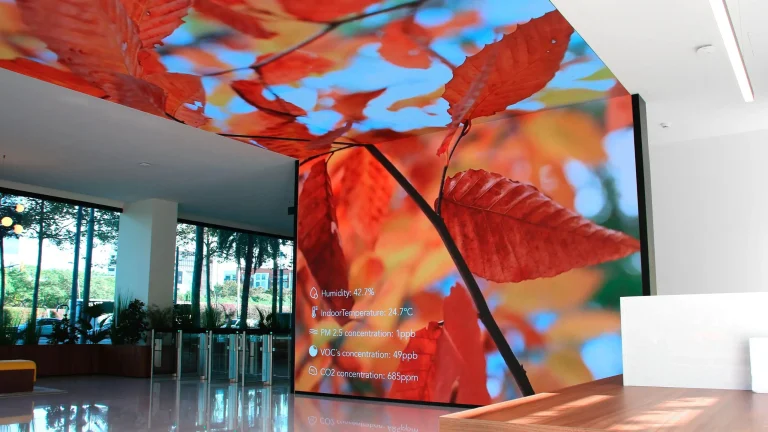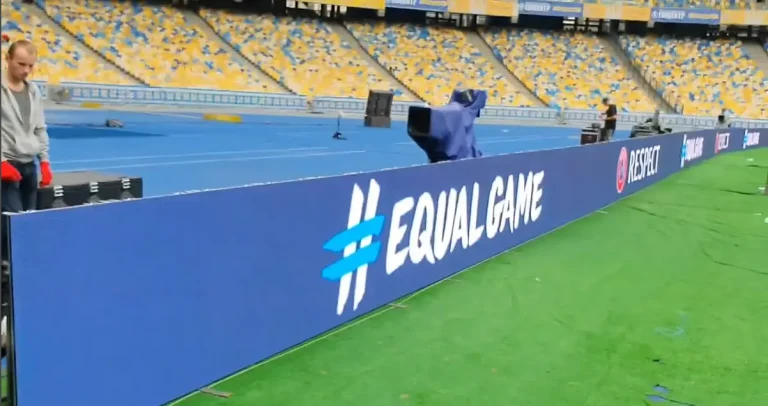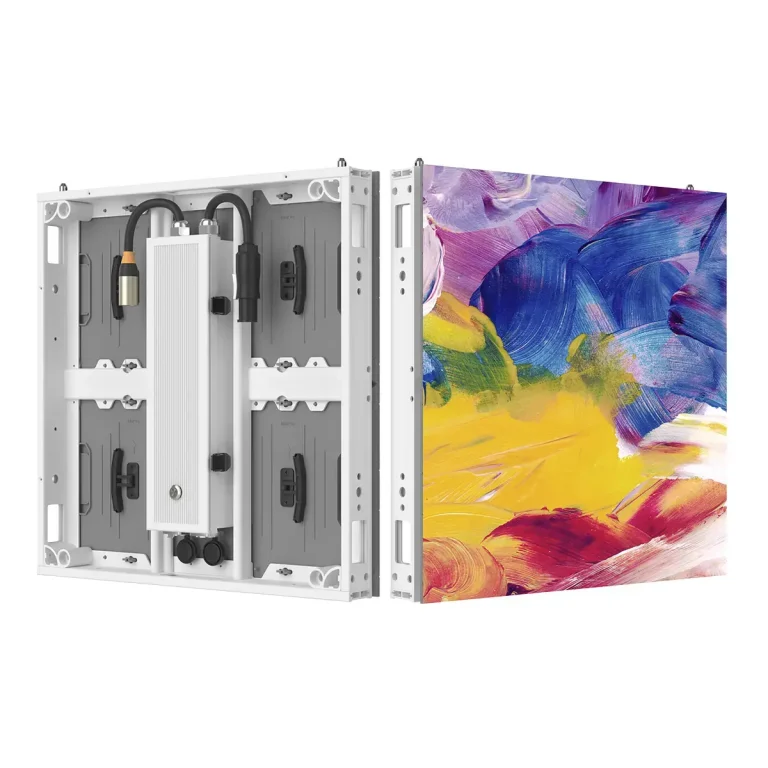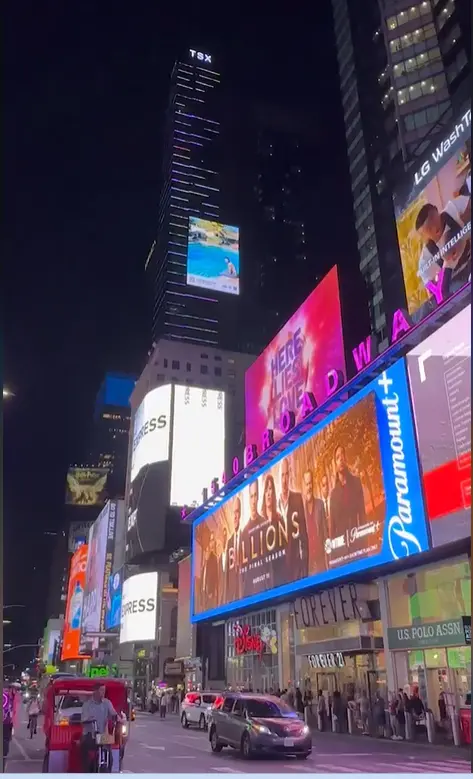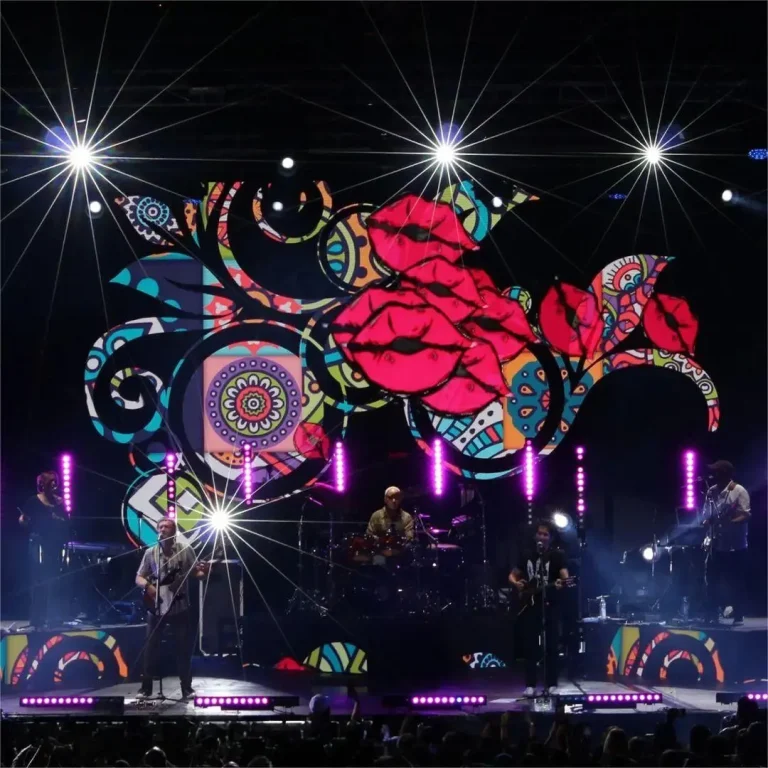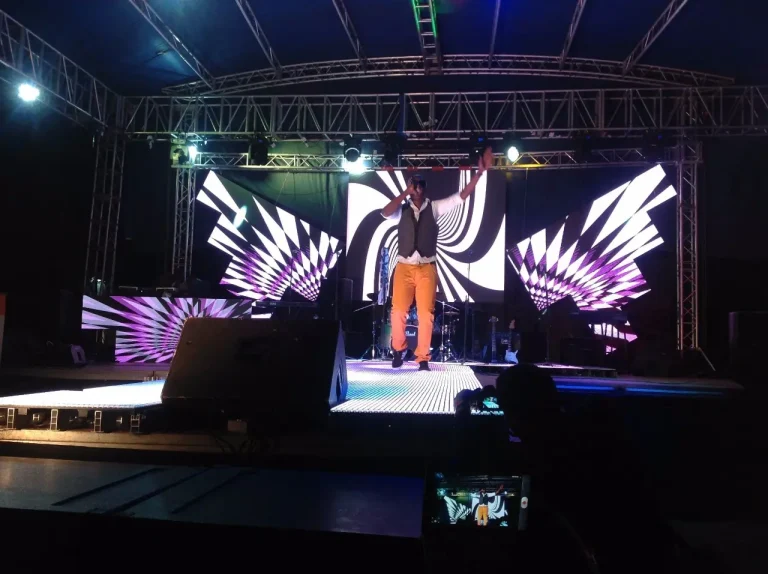Outdoor LED displays have become increasingly popular over the years, and for good reason. These displays are designed to withstand harsh weather conditions while delivering high-quality, vibrant images and videos to viewers. Whether you’re looking to advertise your business or create an immersive experience for your audience, an outdoor LED display is an excellent choice. In this article, we’ll cover the technical specifications of outdoor displays, product selection criteria, applicable environments, and top manufacturers in the market.
Technical Specifications of Outdoor LED Displays
Outdoor LED displays come in different sizes, resolutions, and pixel pitches, making it easy to choose the right one for your needs. The pixel pitch refers to the distance between the center of each LED module or diode, and the smaller the pixel pitch, the higher the resolution and image quality. A pixel pitch of 6mm or less is ideal for outdoor displays, especially for applications that require high resolution and close viewing distances.
Another important specification to consider is brightness. Outdoor LED displays need to be bright enough to compete with sunlight and provide clear visibility even in direct sunlight. A brightness level of at least 5,000 nits is recommended for outdoor displays.
Product Selection Criteria
When selecting an outdoor LED display, there are several criteria to consider. One of the most important is the viewing distance. The viewing distance will determine the optimal pixel pitch and resolution needed for your display. If your display is meant to be viewed from a distance, you can get away with a lower pixel pitch and resolution. On the other hand, if your display is meant to be viewed up close, a higher pixel pitch and resolution are necessary for sharp and clear images.
The environment in which the display will be used is also a crucial factor to consider. If the display will be exposed to extreme weather conditions, such as high winds or heavy rain, you’ll need a display with high waterproof and dustproof ratings. An IP65 or higher rating is recommended for outdoor displays that will be exposed to harsh weather conditions.
Another factor to consider is the mounting option. Outdoor LED displays can be mounted on a variety of structures, including walls, poles, and freestanding structures. The mounting option will depend on the location and purpose of the display.
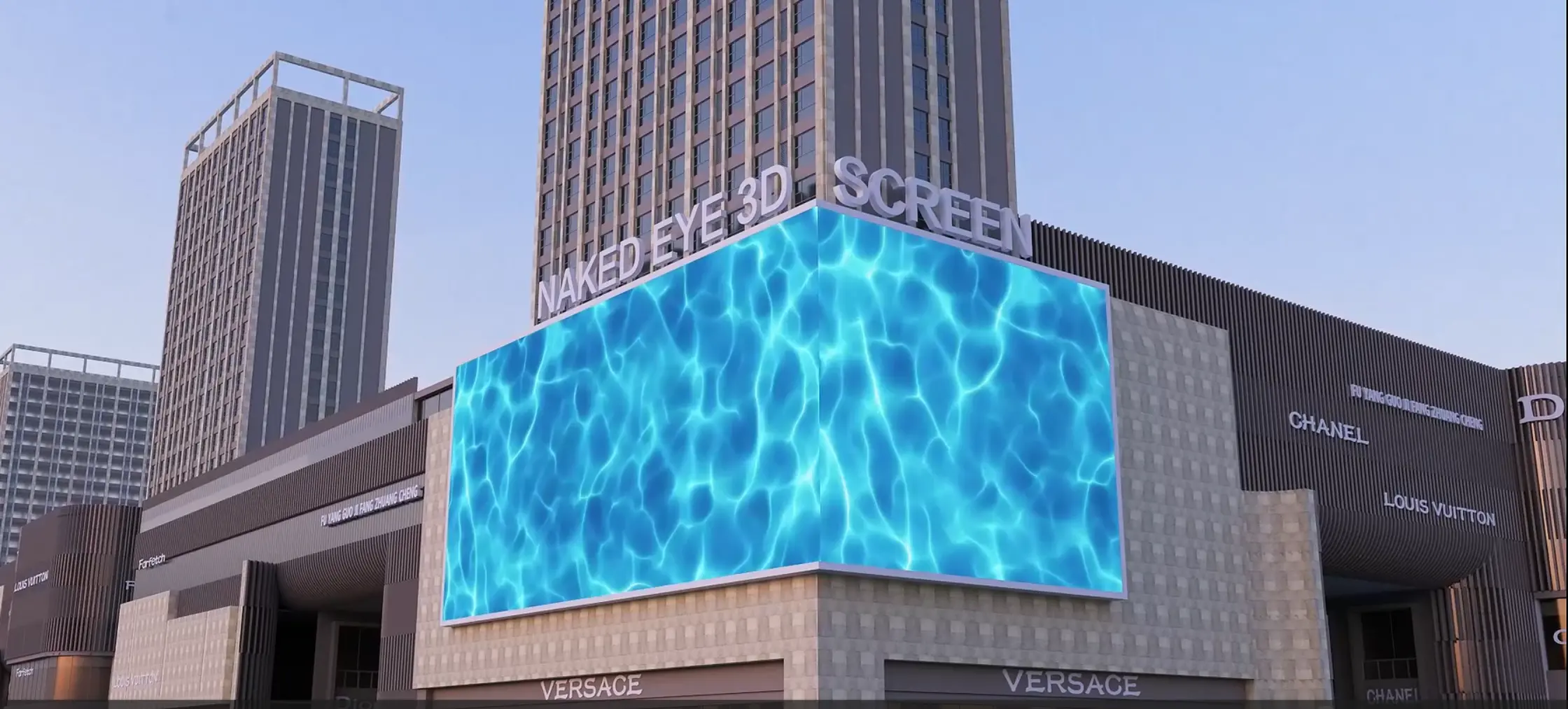
Applicable Environments
Outdoor LED displays are suitable for a wide range of environments, including sports stadiums, shopping centers, airports, train stations, and other public spaces. They are commonly used for advertising, entertainment, and informational purposes. The high brightness and vibrant colors make outdoor displays an effective advertising tool, especially in areas with high foot traffic.
Outdoor LED displays have become increasingly popular in recent years for their ability to provide high-quality and vibrant images even in bright sunlight. These displays are used in a variety of applications, including advertising, digital signage, sports events, concerts, and more. In this article, we will discuss the technical specifications of outdoor LED displays, product selection criteria, applicable environment, manufacturers, and other related topics.
Technical Specifications of Outdoor LED Displays
The technical specifications of outdoor LED displays include pixel pitch, brightness, contrast ratio, refresh rate, viewing angle, and color uniformity. These specifications play an essential role in determining the quality of the display and its suitability for specific applications.
Pixel Pitch: Pixel pitch refers to the distance between two adjacent pixels on an LED display. It is measured in millimeters, and a smaller pixel pitch means a higher resolution and sharper image. However, a smaller pixel pitch also increases the cost of the display, so it is essential to consider the optimal pixel pitch for your application.
Brightness: Brightness is measured in nits or candelas per square meter (cd/m²) and refers to the amount of light emitted by the display. Outdoor LED displays require higher brightness levels to be visible in bright sunlight. A brightness level of at least 5000 nits is recommended for outdoor LED displays.
Contrast Ratio: Contrast ratio refers to the difference between the brightest and darkest parts of an image. A higher contrast ratio means better image quality and greater depth. Outdoor LED displays should have a contrast ratio of at least 2000:1.
Refresh Rate: Refresh rate refers to the number of times per second that an LED display refreshes the image. A higher refresh rate results in smoother and more fluid motion. A refresh rate of at least 120 Hz is recommended for outdoor LED displays.
Viewing Angle: Viewing angle refers to the angle from which the display can be viewed without loss of image quality. Outdoor LED displays should have a wide viewing angle to ensure that the image is visible from multiple directions.
Color Uniformity: Color uniformity refers to the consistency of color across the entire display. A high degree of color uniformity ensures that the display produces accurate and consistent colors.
Product Selection Criteria for Outdoor LED Displays
When selecting an outdoor LED display, there are several factors to consider, including the intended use, location, size, resolution, and budget.
Intended Use: The intended use of the outdoor LED display is a crucial factor to consider. If the display will be used for advertising or digital signage, a larger size and higher resolution may be necessary. On the other hand, if the display will be used for sports events or concerts, a higher refresh rate and wider viewing angle may be more important.
Location: The location of the outdoor LED display is also an important consideration. Displays located in areas with high levels of ambient light will require higher brightness levels. Additionally, displays located in areas with extreme weather conditions will require more durable and weather-resistant construction.
Size: The size of the outdoor LED display should be appropriate for the intended use and location. A larger display may be more effective for advertising or digital signage, but it may also require more space and be more expensive.
Resolution: The resolution of the outdoor LED display should be appropriate for the intended use and location. A higher resolution will result in a sharper and more detailed image, but it will also increase the cost of the display.
Budget: The budget is an essential factor to consider when selecting an outdoor LED display. Higher-end displays may have more advanced features and higher specifications, but they will also come at a higher cost. It is important to balance the desired features and specifications with the available budget.
Final Decision
If you are interested in our outdoor led displays or have related articles, please feel free to contact us for a free quotation, our professional service team will be able to meet your project needs and relieve your troubles!





